-

Black-throated finches are monomorphic. Sexually they look the same, but only a well trained eye will be able to see the difference. Photo courtesy Geoff Jones
Position statement regarding the threat to the Black-throated Finch by mining, infrastructure development and associated changes to land management in the Galilee Basin.
The range of the Black-throated Finch ( southern sub-species ) ( Peophila cinta cinta ) has contracted substantially from its historical extent and the total population of the species is greatly reduced. As a consequence it is listed as Endangered under Queensland, New South Wales and Commonwealth legislation.There has been an observed decline in extent of occurance of upto 59% over the last decade. The largest populations known to persist are on the Townsville coastal plain and in the Galilee Basin. The former is at risk from land use and is declining at an alarming rate. The latter is at high risk from mining development.
The largest known populations of Black-throated Finches occurs on Moray Downs and surrounding properties, north-west of Claremont in central Queensland. It consists of several hundred individual birds. A core part of the habitat utilised by this population is within the 28,000 ha footprint of the Carmichael mine. The Carmichael mine is proposed as a combined open-cut/underground operation. It has long been known that Black-throated Finches are persistently present in this area and at densities higher than elsewhere. The site provides a large area of habitat of exceptional quality- intact woodlands, historically light livestock grazing, woodlands and high grass diversity. A total of 87 square kilometers of Black-throated Finch habitat will be cleared and destroyed through the creation of the open pits, and a further 61 square kilometers of habitat may be degraded beyond repair due to ground water draw down caused by the underground mining.
Since 2004 the Black-throated Finch Recovery Team has been responsible for developing and co-ordinating the implementation of the BTF Recovery Plan by encouraging efforts to protect important habitat, and retain populations of the Black-throated Finch. The Recovery Team consists of people of a wide variety of backgrounds , affiliations and expertise, including research scientists, land managers, state and Australian government agency staff, environmental consultants and non-government organisations . It is the informed view of the Black-throated Finch Recovery Team that the Black-throated Finch is under very serious threat from planned mining developments in the Galilee Basin and , in particular, the Carmichael mine project. Assessment processes conducted to date have not accurately reflected the national significance of the population or the substantial threats now posed to this population. The measures proposed to manage the mitigate against the threats are inadequate.
A key element of proposed mitigation measures is the establishment of offset areas. Offset measures will not compensate for loss of habitat. This is because any prospective offset that consists of suitable habitat will already be supporting Black-throated Finches and so cannot provide habitat for displaced birds. If it is not currently occupied by Black-throated Finches.
The above is a Black-throated Finch Recovery Team position statement issued to the media. Black-throated Finch Recovery Team. PO Box 1168. Aitkenvalle, QLD 4814. email: admin@blackthroatedfinch.com. http://www.blackthroatedfinch.com
The above article was reproduced from FINCH NEWS 2016 March issue, the official publication of the Queensland Finch Society Inc, PO Box 1600, Coorpaco DC 4151, Queensland Australia
-
SEE – CONSERVE – ENJOY


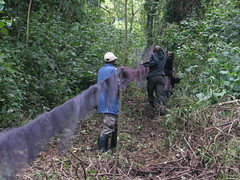


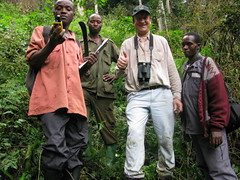

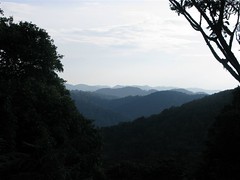
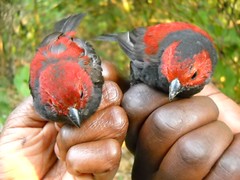
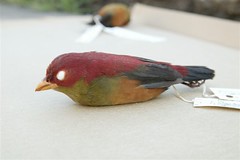
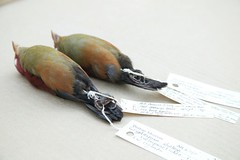
Leave a comment